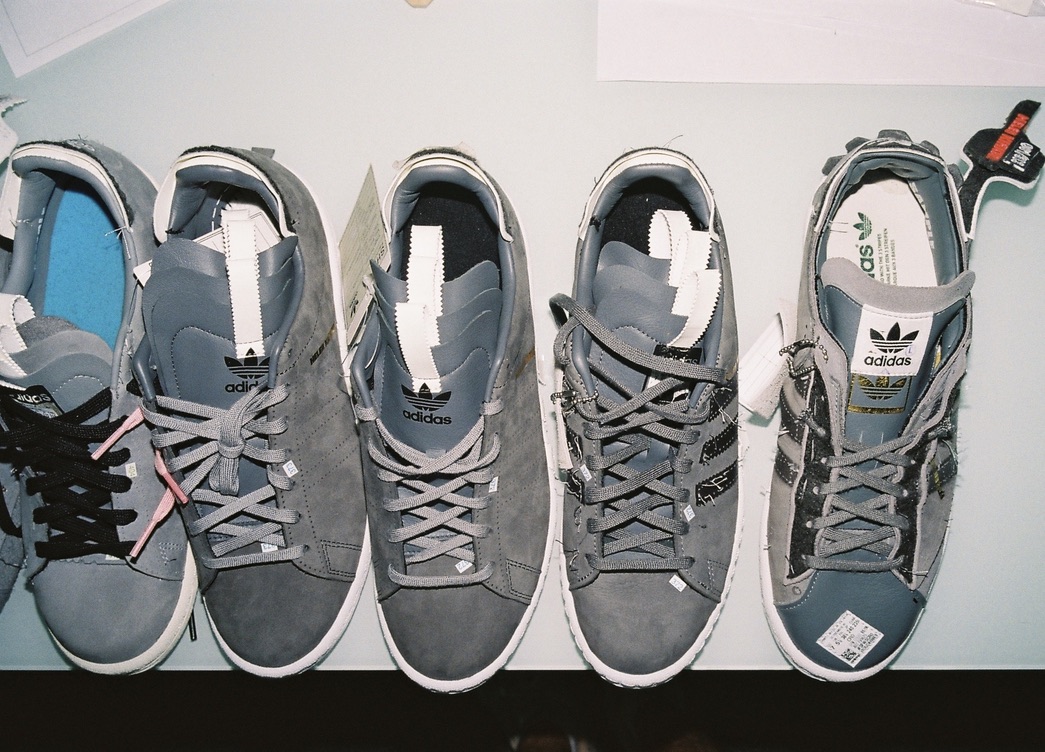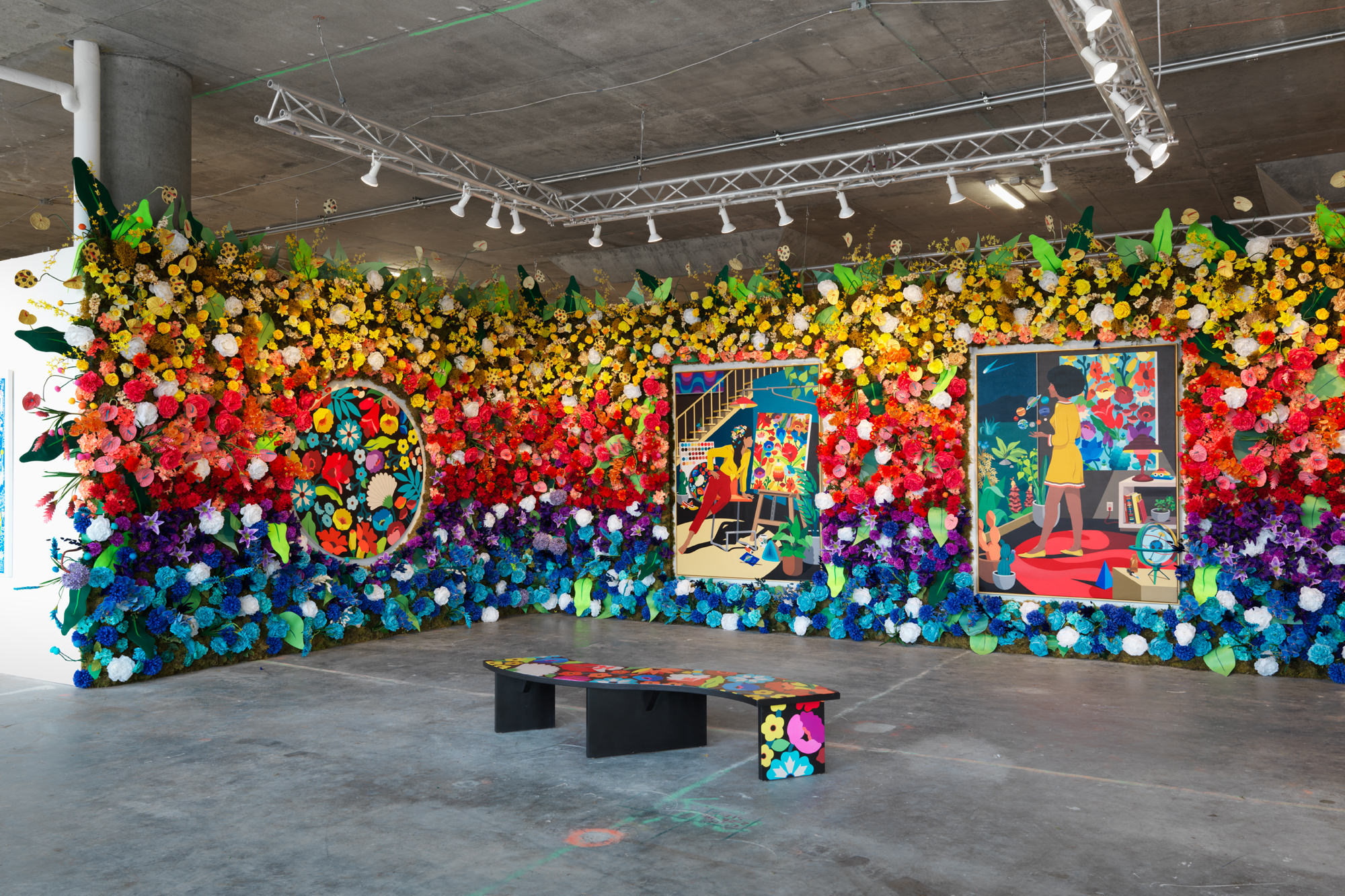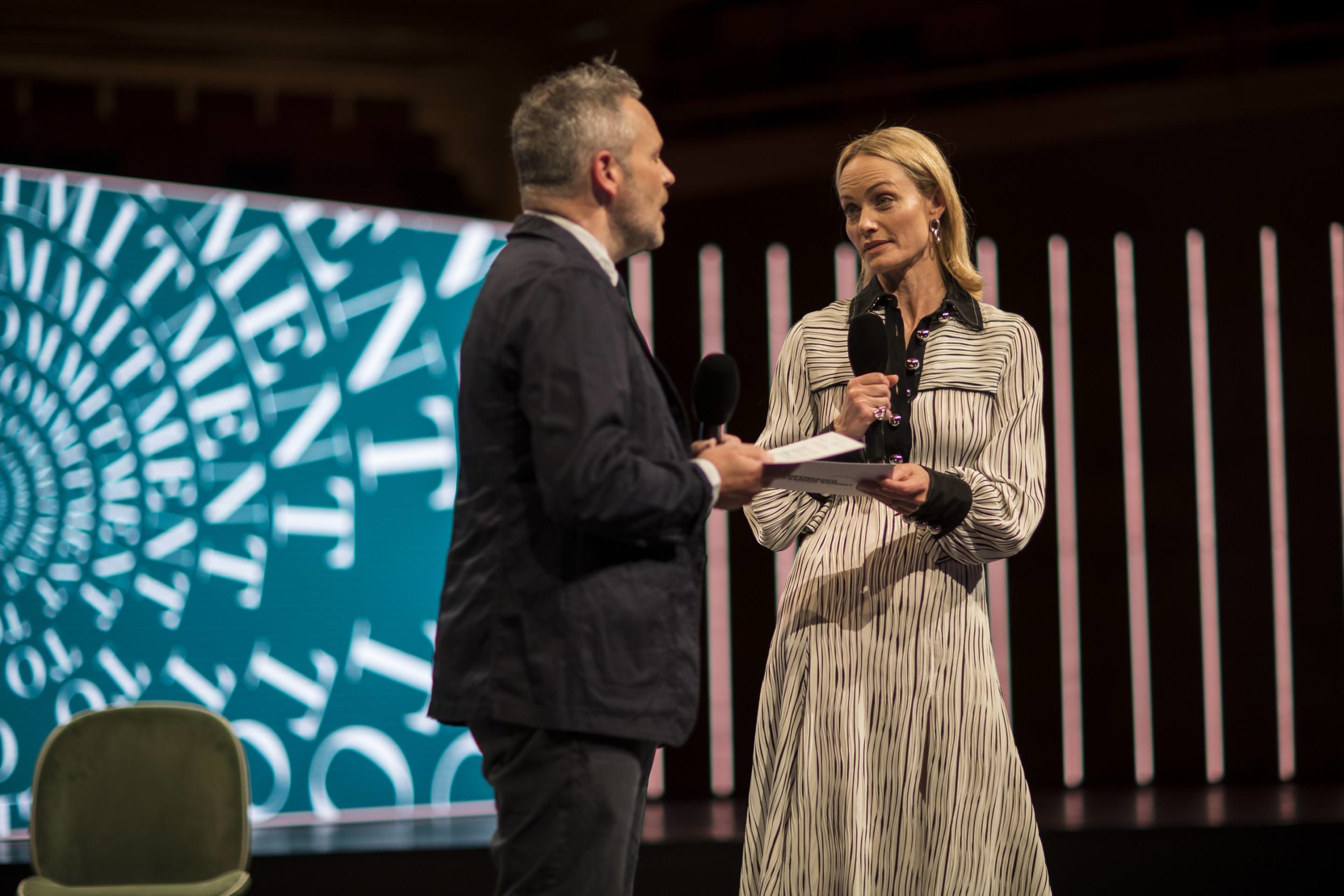After teasing creations from its MakerLab—the company’s innovative shoe design studio only available to employees—over the years, Adidas unveiled a customized lineup of its iconic three-striped Campus 80s shoe to the public this past October. Naturally, the brand tapped three cutting-edge designers to bring entirely new approaches to the cult shoe within a span of just ten days. Helen Kirkum, a bespoke shoemaker from Northampton, England, imagined a white shoe that offered fringe detail and street style–inspired pattern stitching. Alex Nash, a longtime shoe customizer, dreamed up a multicolored pair that combined his personal style with consumers’ favorite cult details from Adidas. And Shun Hirose, a cobbler by trade, created a minimal shoe that paid homage to the history of the Campus and his native Japan, which also featured colors only available in Japan. The design process led Kirkum, Nash, and Hirose to Herzogenaurach, Germany, where they concepted their unique Campus shoes at Adidas’s headquarters, before they ventured to Vietnam to oversee the assembly of their customized shoes at one of the brand’s factories.
Through its partner StockX, customers are able to set the price of the new Campus shoes by bidding on each designer pair—a first in the company’s history. Whitewall spoke with José Cabaço, the senior director of creative concepts and storytelling at Adidas, about assembling the design team behind MakerLab’s latest project, why the brand decided to reinvent the classic Campus shoe, and how innovation will serve as the engine for its next major collaboration.
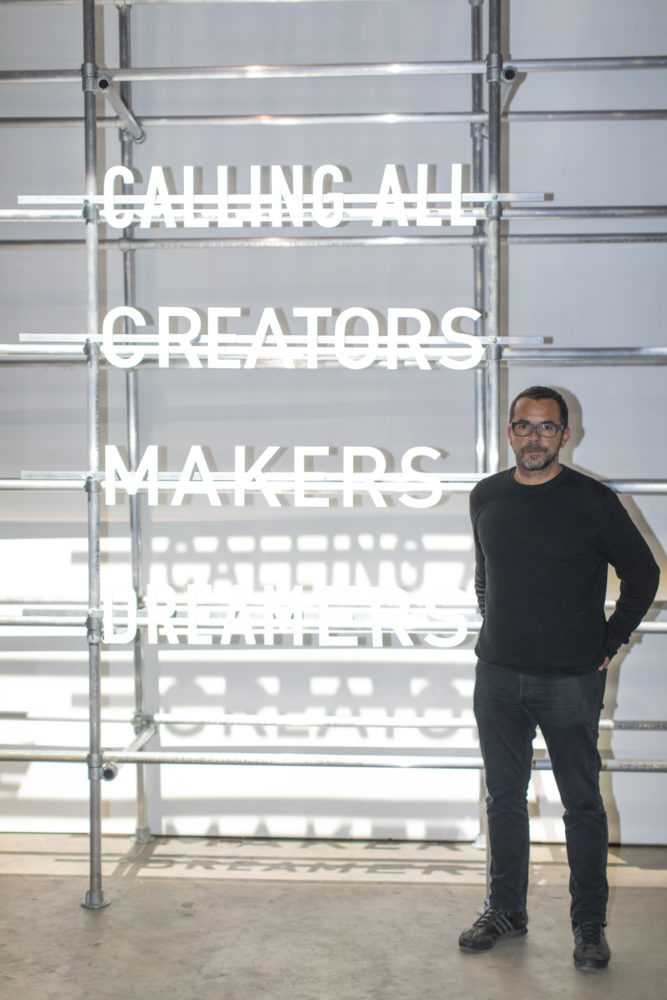
José Cabaço
Courtesy of Adidas.
WHITEWALL: Tell us a bit about the evolution of MakerLab and why an auction-style platform appealed to you.
JOSÉ CABAÇO: The first one was probably the most open, freestyle type of activation we did. We wanted to give people the opportunity to make a shoe with a variety of toolboxes—with either the right or left shoe—without limitations. The success of that, and the appetite and curiosity from people who wanted to do more customizations, led to the launch of P.O.D. [Point of Deflection] System, which still gave people the opportunity to play around with one shoe through a more focused toolbox. We kept doing that, changing the franchises, but it always felt like we kept falling short of doing a full pair of shoes; making something that people could try on and use.
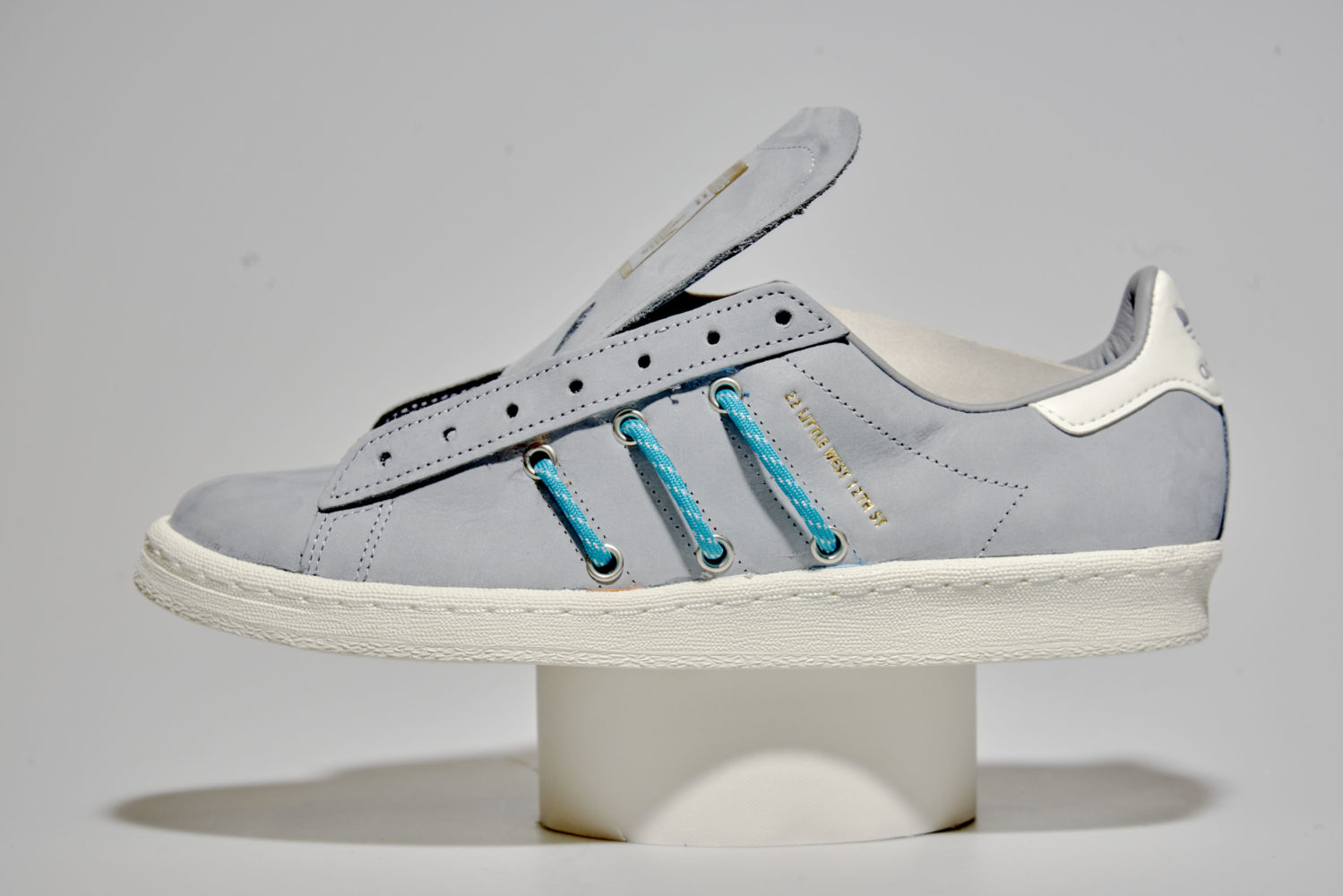
Courtesy of Adidas.
We finally ended up doing that at Paris Fashion Week with Paolina [Russo], Priya [Ahluwalia], and Nicholas [Daley], who made full pairs, ten of them, with a variety of very unique embroidery, foiling, leatherwork—things that were paired with some hundred-year-old fashion houses. It became clear that the next collaboration would have to go to market and the idea of the Campus 80s MakerLab with Helen, Alex, and Shun came into focus.
If you look at MakerLab as a platform for innovation to try things we don’t do on a regular basis, we had to also allow consumers to lead and dictate the way we would go to market. As we invited creators to collaborate with us, we gave the consumer the same type of access we surround designers with—this time through determining the value of the shoe through StockX, innovating on all fronts.
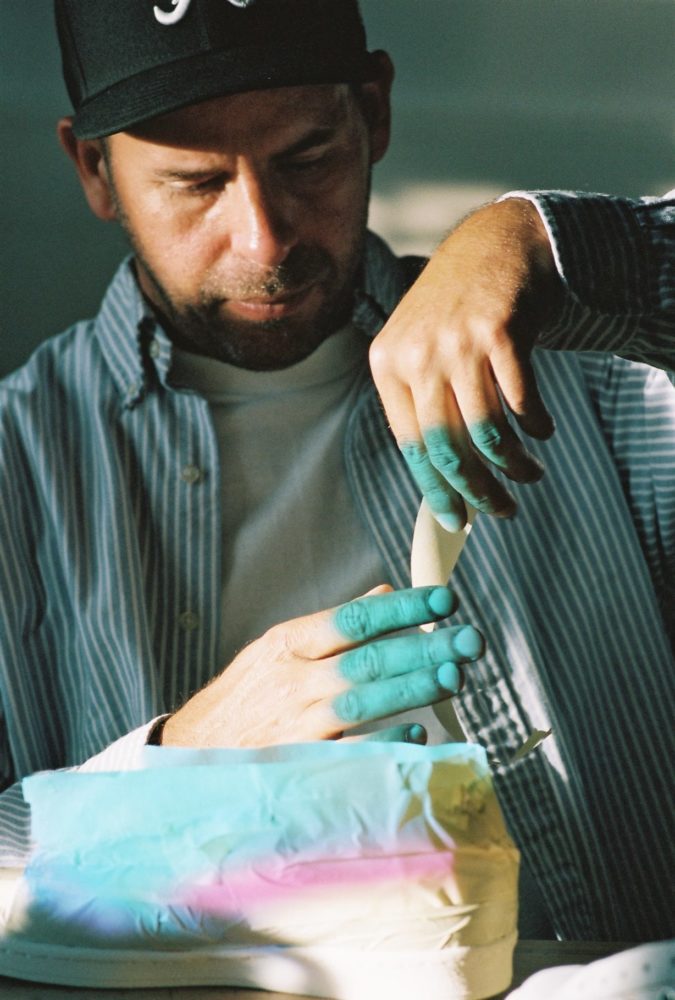
Alex Nash
Courtesy of Adidas.
WW: How did you go about selecting designers, and what about their style did you see in their final shoe?
JC: Alex Nash, who I’ve known for nearly fifteen years, is an amazing sneaker customizer who was really the first one to start interfering with the construction of sneakers by adding moccasin stitching on toe boxes. The reason he started creating shoes with boat shoe details was because they wouldn’t allow people with sneakers on into clubs. So, he went about customization as a way to deceive bouncers, who would get confused about whether what he was wearing was a sneaker or a shoe. He returned to the customization world when I brought him with me to the P.O.D. launch in London and, later, Paris Fashion Week. Based on his merit at those two events, it only seemed right to reward him with the opportunity to bring something to market.
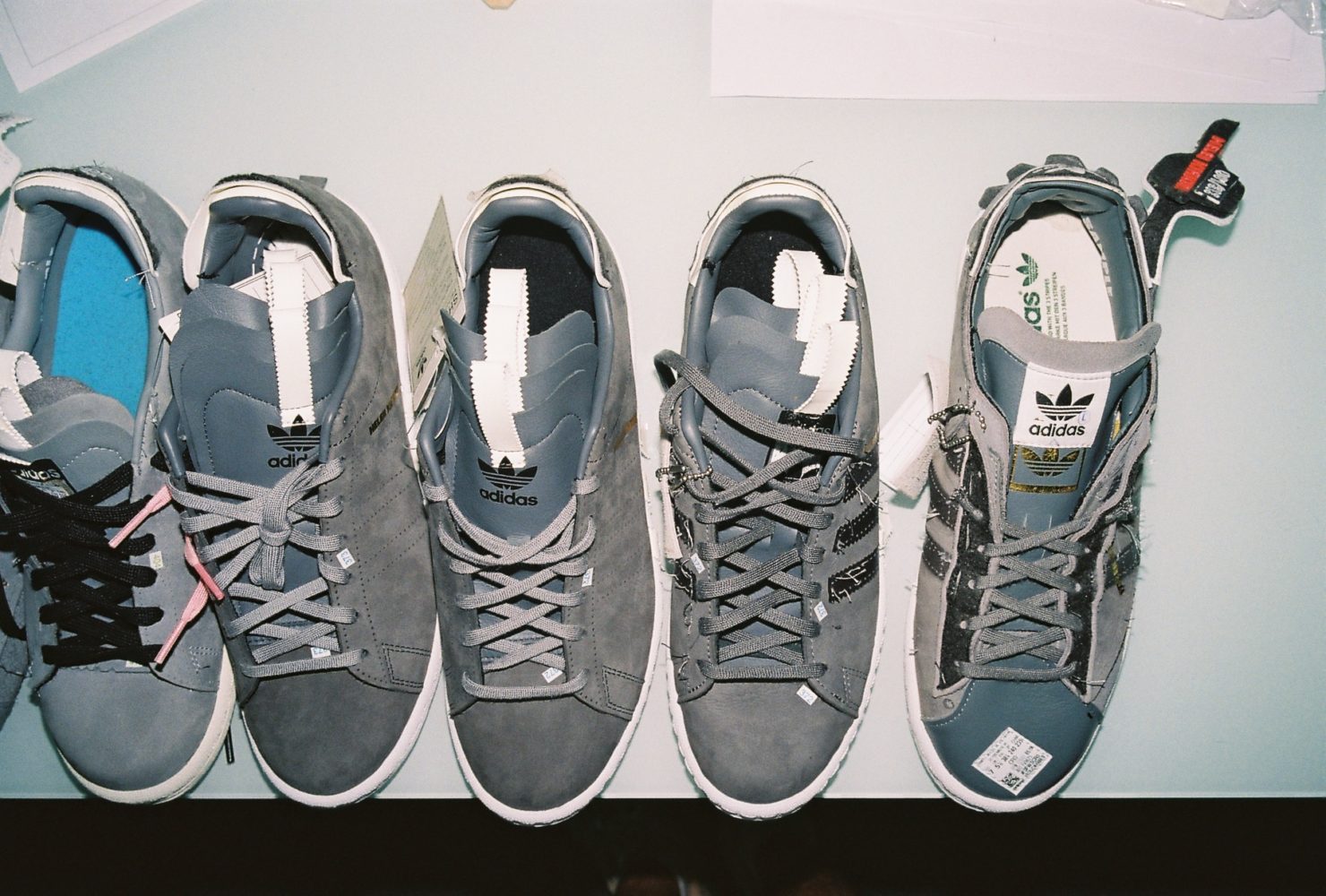
Courtesy of Adidas.
Helen was a former Adidas colleague who ventured out with the goal of creating a business driving a sustainable approach to design by repurposing and dismantling old shoes, putting them back together as very unique, made-to-measure, one-off shoes. I was curious to see what it would take to bring something to market beyond those one-off shoes by testing how industrial and scalable her design signature, how compatible it is with mass manufacturing.
Shun was from a market that is very key to the existence of the Campus. When you look at Japan’s intercultural fashion, they are amazing preservationists of classic icons. The Campus is a shoe that is very dear to the Japanese consumer who understands the knowledge, history, and journey of the shoe. So, it was a no-brainer to ask him to be a part of this.
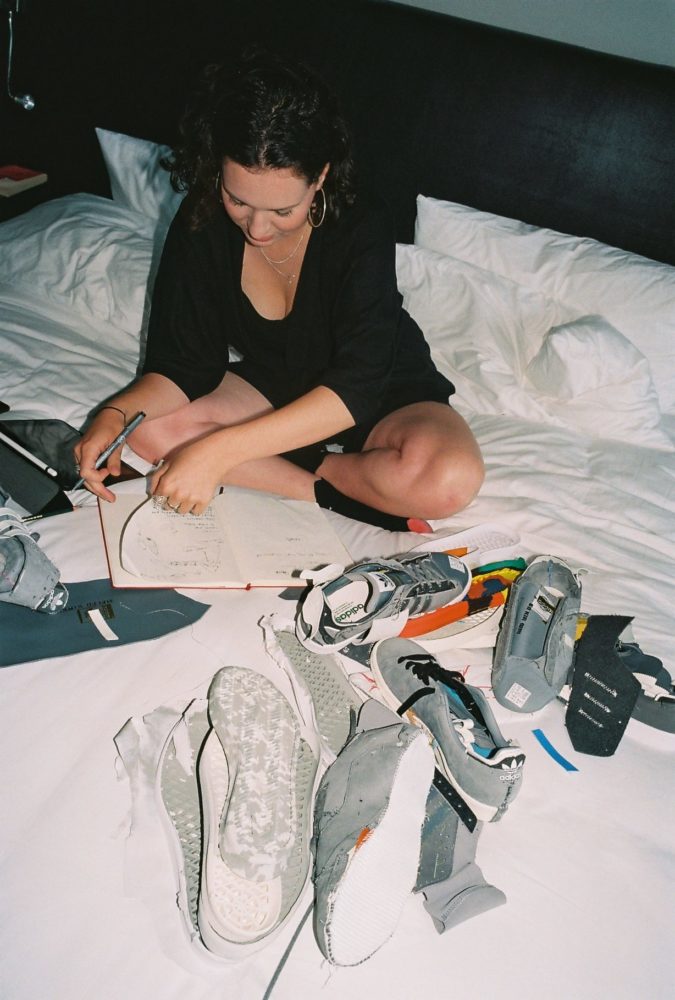
Helen Kirkum
Courtesy of Adidas.
WW: Each designer only had ten days to create each of their custom Campus 80 shoes. Did you find that time limit optimal? Is there anything you would change about the process next go-around?
JC: I don’t think there’s anything I would change in terms of the approach or time allocation from the experiment. If anything, what would change would probably be fine-tuning the first week of exploration. If you look at it, ten days is two business weeks, and in between, you had travel from Germany to Vietnam, but the reality was that the first week in Herzogenaurach was to help each creator get familiar with the company’s history, understand deeper the story behind the Campus, and browse through the archives to their liking with the hope of infusing them with inspiration or to trigger a memory of products they may not have remembered.
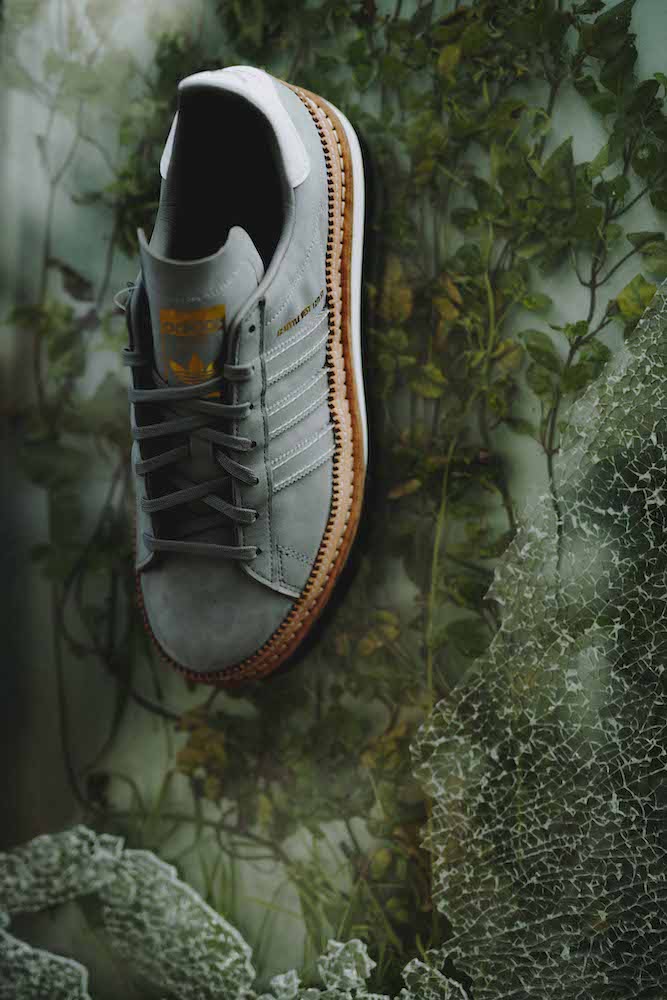
Courtesy of Adidas.
WW: Recent innovations have rapidly changed what you do at Adidas, and this collaboration and StockX’s role in it are a perfect example of that change. Is there anything you can’t do that you would like to given the constraints on technology now?
JC: There’s a lot of that. It’s how you break through perceptions of what is or isn’t possible that allows for innovation. Sometimes we get stuck on what’s not possible because of the way we’re doing things and not because it’s really not possible. With that, plus standards we have to meet from a product-creation standpoint, there will always be limitations you will want to challenge. If I could pick something that I supposedly can’t achieve because of the required standards you need to meet, it would be to do this exact same type of exercise with this real limitation of time on a performance shoe instead of a lifestyle shoe.
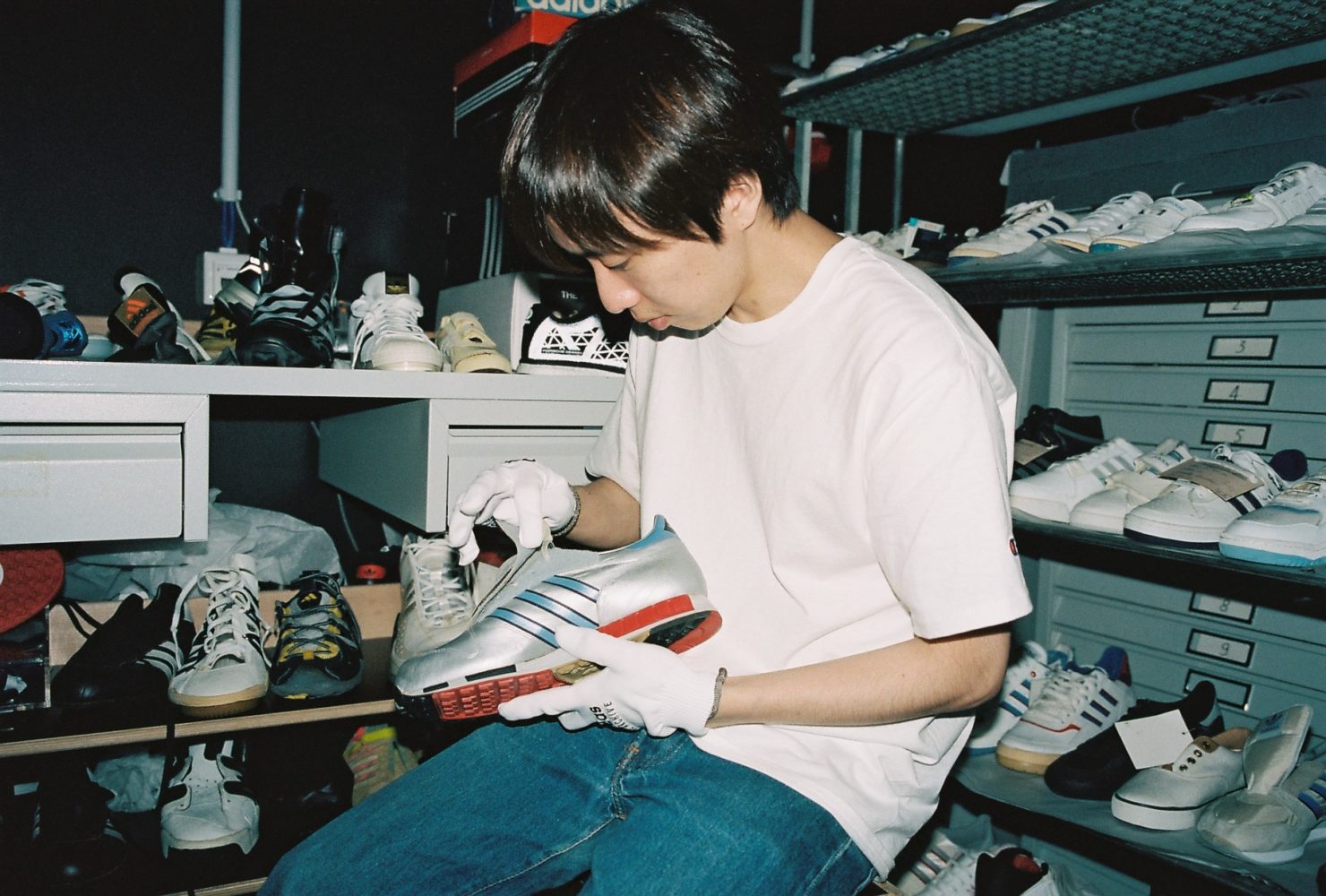
Shun Hirose
Courtesy of Adidas.
I would definitely be interested in understanding the real limitations for us to do a performance shoe in such a compressed timeline. I’d also love to know what we would need to change from a design standpoint, what approach needs to be different, and if that approach would still be the standard when we surpass it. That’s probably the next thing you’ll see from us from a MakerLab standpoint.
WW: How much does sustainability weigh on those processes for you?
JC: It always weighs in. You can’t talk about innovation and decouple it from sustainability. Sustainability also needs to be understood outside of just material choices. You also need to be mindful of a sustainable process. In every MakerLab we attempt to create toolboxes, processes, and timelines that make things more sustainable. We’re constantly examining new models, and in this process, we were focused on a more sustainable one.



